Q&A: Kevin Joanisse Only Buys Coffee From Costa Rica and Colombia
The owner of Lulo Coffee in Ottawa uses a "slow sourcing" model, keeping his focus on building and growing longstanding partnerships and deepening impact.
I found out about Kevin Joanisse and his roasting company, the Ottawa-based Lulo Coffee, through Instagram. Kevin had posted a slideshow outlining his coffee sourcing model, what he called “slow sourced,” and one of the slides that caught my attention noted that he only sourced coffee from two countries: Colombia and Costa Rica.
That was something I’d never heard of an importer doing before.
“Limit # of sources in order to increase purchase commitments, consolidate shipments, [and] gain better understanding of place and people,” the slide read.
Coffee is plagued by incorrect assumptions about what customers want, which shape how roasters engage with farmers. In a piece I wrote in 2023, I referenced an interview that previous Boss Barista podcast guest Namisha Parthasarathy conducted with Tim Wendelboe, a former World Barista Champion. He talked about how consumers don’t entirely dictate coffee taste preferences. Rather, as retailers and roasters, we have a lot of agency over what our customers demand.
Reading Kevin’s slideshow raised questions about how we tie sourcing practices to customer demand. Furthermore, it made me question how much effort we put into making sourcing beneficial to farmers. So I contacted him to chat about why he only sources from two countries, what it means to make longstanding commitments to coffee producers, and how he tries to remove the burden of the ongoing coffee price crisis from consumers.
Below is a transcribed interview with Kevin, which I did back when I was still recording podcast episodes for Boss Barista. This interview has been edited for length and clarity.
Ashley: Kevin, I was wondering if you could start by introducing yourself.
Kevin: Sure. Hi, my name is Kevin Joanisse and I am the owner and sole operator of Lulo Coffee, which is a micro roastery based outside of Ottawa, Ontario, Canada. And I specialize in working with specialty coffees from Colombia and Costa Rica.
Ashley: Did you grow up with coffee in your life?
Kevin: Um, not particularly, to be honest. I don’t have many memories of trying coffee at a young age. My parents drank Folgers or whatever—it was definitely something routine, not given a second thought.
I worked a little more closely with coffee in the hospitality industry and bars and restaurants. But even there, I wasn’t so close to coffee. It was more of a means to an end.
Ashley: At what point did you have a moment with coffee that made you think, “Oh, this is something I want to work with?”
Kevin: That moment happened to me in 2016 in Antigua, Guatemala. I was having an espresso from a roastery/cafe—if I can remember, I think it’s Java Coffee or something like that. I had been traveling in Latin America on and off for many years at that point. And that was the first time that I had a delicious espresso in a coffee-producing country.
And it just really opened my eyes to what coffee could be.
After that trip to Guatemala—I had been working in Western Canada in resorts in the Rockies, and the slow season was coming up over winter (during those days, I’d travel in the winter and work in the summer)—I started finding and messaging coffee producers on Instagram, asking, “Hey, do you mind if I come and learn about what you do?”
I was greeted with unanimous responses of positivity, but one farm in particular stood out to me. I was drawn to Huila in Colombia, and that’s how I met the producer behind Finca Alcatraz—his name is Wilfredo Ule Vargas.
I went down and just visited him on his farm for a few days. He’s meticulous—he showed me how important humidity is on the drying bed and problems that might occur if it’s too hot and so much more. I then worked for Selva Coffee, a green coffee company based out of Tarrazu, Costa Rica. It was there that I really got a sense of how the specialty coffee trade works, and I went back for a second season in 2020.
It was then that I fell off a cliff on their farm and ended up breaking my hip quite badly. It was this whole whirlwind of being rushed to a hospital for surgery, and I actually ended up on a medevac back to Canada a few days later. During my recovery in Canada was when I knew I needed to start a roastery in Ottawa.
Ashley: That’s a wild story.
Kevin: It rocked my world. I had been used to working in these remote areas of Canada, climbing mountains on my days off. For a little while there, I felt really lost. I had no idea when I would be able to walk again.
So I had no idea what my life was going to be, but I had all these coffee seeds planted, if you will, and I knew who I wanted to work with. I had already met them. So the first thing I did was try to figure out how to get these coffees up to Canada.
Ashley: One of the things that you mentioned is that you kind of started your roastery with the idea in mind that you already knew who you wanted to work with—that seems like a unique approach.
Kevin: Yeah. I saw how many opportunities there were to dilute or change the supply chain without everyone’s consent. I saw that the most stable way to consistently work with the people that you wanna work with is by actually commercializing their product to the end consumer.
Ashley: Say more about that.
Kevin: What I’ve noticed is there’s a general call in the specialty industry for people to pay more for coffee and for coffee to be valued properly, right? And I just kind of never really saw that as the problem of the final consumer.
It’s actually not the final consumer that has a problem with the price, but it could be one of the potentially many actors within that supply chain that would then present a problem with that transaction.
I think that I can say now, four years in, that I was right because I basically committed myself to working with certain people, having a high level of traceability and absolutely dedicating myself to the quality of the roast of these coffees. People have been enjoying them ever since.
Ashley: I’m imagining this process is working to eliminate as much of the middle parts as possible, right?
Kevin: Exactly. Let me also explain how I was roasting at that time. I started with a 1kg electric roaster. I actually started in my parents’ garage, still in recovery, still with my crutches.
And so when you’re roasting with the one-kilo coffee roaster, it just doesn’t warrant these types of purchases that are on a pallet—I was buying, like, 30 kilos of coffee at a time.
At the start I was actually shipping coffees via DHL and sending farmers money via PayPal. Now everything has changed to where I’m at today, but that’s definitely how I got started. And it was kind of putting a lot of faith in the value proposition that people actually want direct-trade coffee.
Ashley: Direct trade is one of those concepts, too, that has no formal definition. Can you talk a little bit about what that meant for you?
Kevin: For me, direct trade, I mean it as literally as possible. Although the company has grown, the direct nature still hasn’t changed. I’m going to each farm and talking to each producer and agreeing on a price together for their coffees and then facilitating as directly as possible.
Some of that is because we started with a shoestring operation, but as we’ve grown, other actors have become involved, but only in ways that are necessary. We’re trying not to hand off too much responsibility to anyone else.
Ashley: So it seems like you were able to basically say, “This is how I want this relationship to work, and I will find the actors that will make that possible,” versus, “This is the system, this is how it’s always been.”
Kevin: That’s exactly it.
Ashley: One of the things that you mentioned right when we started this episode is that you import coffees from two countries: Colombia and Costa Rica.
That probably seems, at first glance, to be very limited, but I wonder for you, what does it mean to know exactly what your menu is going to have?
Kevin: That ties into how I’m trying to define something like slow-sourced coffee: If you take the time to slow down and work closely with any farm—a small farm, a large one—you’ll always find more there than what you thought at first glance.
I find that by showing up consistently and having a really solid feedback loop with farmers—I’m letting them know how their coffees are tasting when they arrive—that more begins to open up.
For example, each farm that I’m working with has been growing new varieties. Working with the same farms for years has resulted in a depth of coffees, of different processes, varieties, flavors—it’s almost too much to keep up with. The variance in flavor between farms is absolutely immense. Within that, from variety to variety or even lot to lot.
I don’t need to look elsewhere for coffee, but wait for it. It’s a very different sourcing model than roasters who travel looking for coffee. I’ve built my menu around the coffees that these producers already work with.
Ashley: We were talking about restaurants and I’m thinking—for example, let’s say a restaurant that works with a farm and the farmer says to them, “Hey, we’re going to have cranberries in October.”
The chef at the restaurant starts to think about that. They’re like, “Okay, we’re going to put cranberries on our menu because the farmer we work with is going to have cranberries.”
It seems like you’re thinking about what’s actually coming in the future and making that a sustainable back-and-forth relationship versus just simply opening a catalog and saying, “I’m going to buy these coffees to fit this menu that I’ve created over here that has kind of nothing to do with what’s actually being grown.”
Kevin: Keeping on the subject of restaurants: I don’t think of it like I’m the chef and I’m going to outsource certain products from other farms. It’s rather the producers that I’m working with are the chefs, and I’m a server bringing the food to the table.
Ashley: One of the loose themes of Boss Barista is the impact of travel in specialty coffee. We all know roasters who go to a farm, come back, and talk about this “direct relationship” they now have. But I’ve also seen a lot of roasters say that travel is unnecessary to build relationships and most sourcing trips are basically photo ops.
But you’ve gone the opposite route where you’re like, “I am deeply invested in travel and spend months on end at coffee farms.” I was wondering if you could talk about the role of travel at Lulo.
Kevin: I would say right off the bat that I totally agree with you as well. And I’ve definitely got a first-hand glimpse of this—I’ve seen it happen.
I think it’s part and parcel with the commodification of tourism. Now, you can get an Uber to your hostel where everyone speaks English and you may never interact with someone who is actually from the country you’re visiting.
But traveling with a deeper intention of trying to understand, spend time, and learn from the people of any place is something else entirely. I think there are so many reasons to have a meaningful physical presence with those that you work with, particularly those in a much different economic position than you are and with a lot more to risk.
It goes a long way to show up, to spend time, and to listen.
Ashley: I keep thinking about what you said earlier about how the problem of pricing is not for the end consumer to absorb. Not to say that we shouldn’t raise the price of coffee, but we see the same things in environmentalism and greenwashing—the idea of requiring individual responses to problems made and maintained by corporations and other actors.
So thinking more about what the collective stakeholders in an industry can do to improve the coffee supply stream is really interesting—one of the ways that you’ve mentioned doing some of this work is that you consolidate shipments; another thing you’ve talked about is comprehensive purchasing. So I was wondering if you could talk a little bit about those things. Why do they matter?
Kevin: Shipment consolidation matters purely from a logistics standpoint, and just trying to lower costs. But the comprehensive purchasing is reflected in my menu categories.
I categorize coffees into pillars, the coffees that you can lean on, and peaks, the ones that really take you there. It’s through these two categories that we’re kind of able to address certain issues in the industry.
Pillars are there to address the volume problem. Basically what we’ve done is set relatively fixed prices for certain coffees from a certain farm.
1Pillar coffees represent the largest portion of the crop (usually varieties like castillo, caturra, cenicafe 1), and the most common/stable processes. Often washed or semi-washed.
We maintain a steady price, put less importance on cup score, and keep the focus on long-term consistency at a price (US$9.70/kg at farmgate) that works well for everyone. The price is always an ongoing conversation, and it will certainly evolve in the future.
By consistently putting commitment over cup score, we have at least a small buffer between ourselves and the C [market]. Of course, quality standards at every step are still vital. Everyone involved wants to bring their best to the table. It’s just that in the case of the pillars, we aren’t letting too much nuance get in the way.
What that enables me to do is every year buy more coffee from them—so far, that’s been successful. It really translates well to wholesale partners who are also looking for consistency and higher volumes of certain coffees.
The peak coffees are much more open and recognize a wider range of flavor notes, and a wider range of pricing.
The peaks are the microlots. Light roasts, focusing all that is bright and fun. More often than not, the category focuses on adventurous, natural processing—although crisp washed lots can certainly be found.
It’s also where we make room for as much nuance as possible. Cup score is more of a factor, and we try to push the boundary with the price, which varies from US$13/kg to about US$50/kg at farmgate. The idea is to be able to maximize value with less volume.
Volumes are much smaller here, accounting for about 20% of total yearly purchases.
Ashley: You have four different coffees from Finca Alcatraz—it seems like they exemplify the idea that building variety for your coffee offerings doesn’t necessarily mean sourcing 20 coffees from all over the world, but instead investing in the relationships you currently have and making that more sustainable and using that as a growth model.
Kevin: I’m glad that you mentioned Finca Alcatraz because it’s a perfect example of both the slow-sourced, patient way of doing things and how the range and peaks matter.
For the past few years, we’ve been getting tastes of Don Wilfredo’s Pink Bourbon—4kg one year, 8kg the next. I’m able to do something with these coffees because I’m roasting on these little tiny machines, but for most people, that’s not a workable amount of coffee.
Last year, I went down to the farm to learn that this harvest of Pink Bourbon was massive and cupping fantastically. He processed three separate day lots of this Pink Bourbon: one fully washed, one washed with a two-day anaerobic fermentation, and one fully natural coffee with no added fermentation.
They’re all cupping off the charts, but between the three, the natural is standing out. So we were able to buy it all and assign a slightly different price for each one, to capture the most value for everyone involved.
We asked Kevin for more clarity around the peaks/pillars distinction, so the responses in italics came from comments made after this conversation.

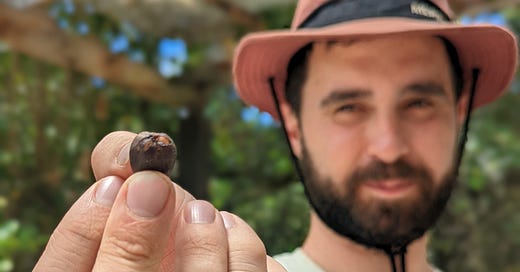


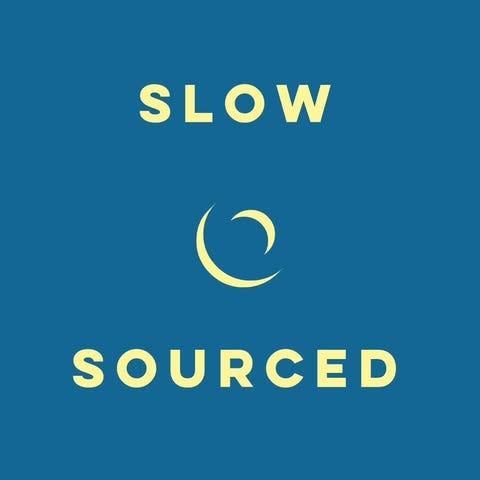
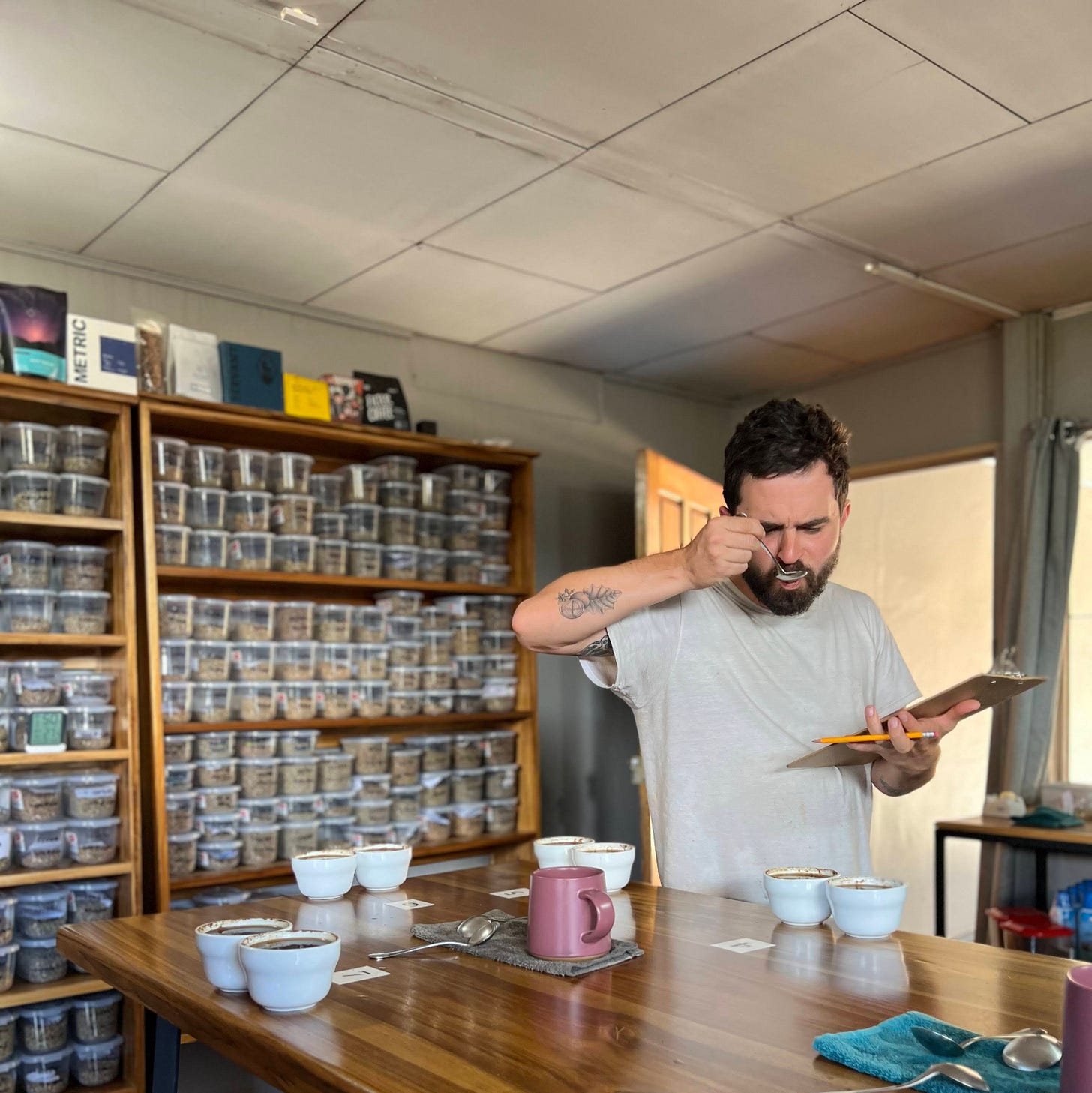

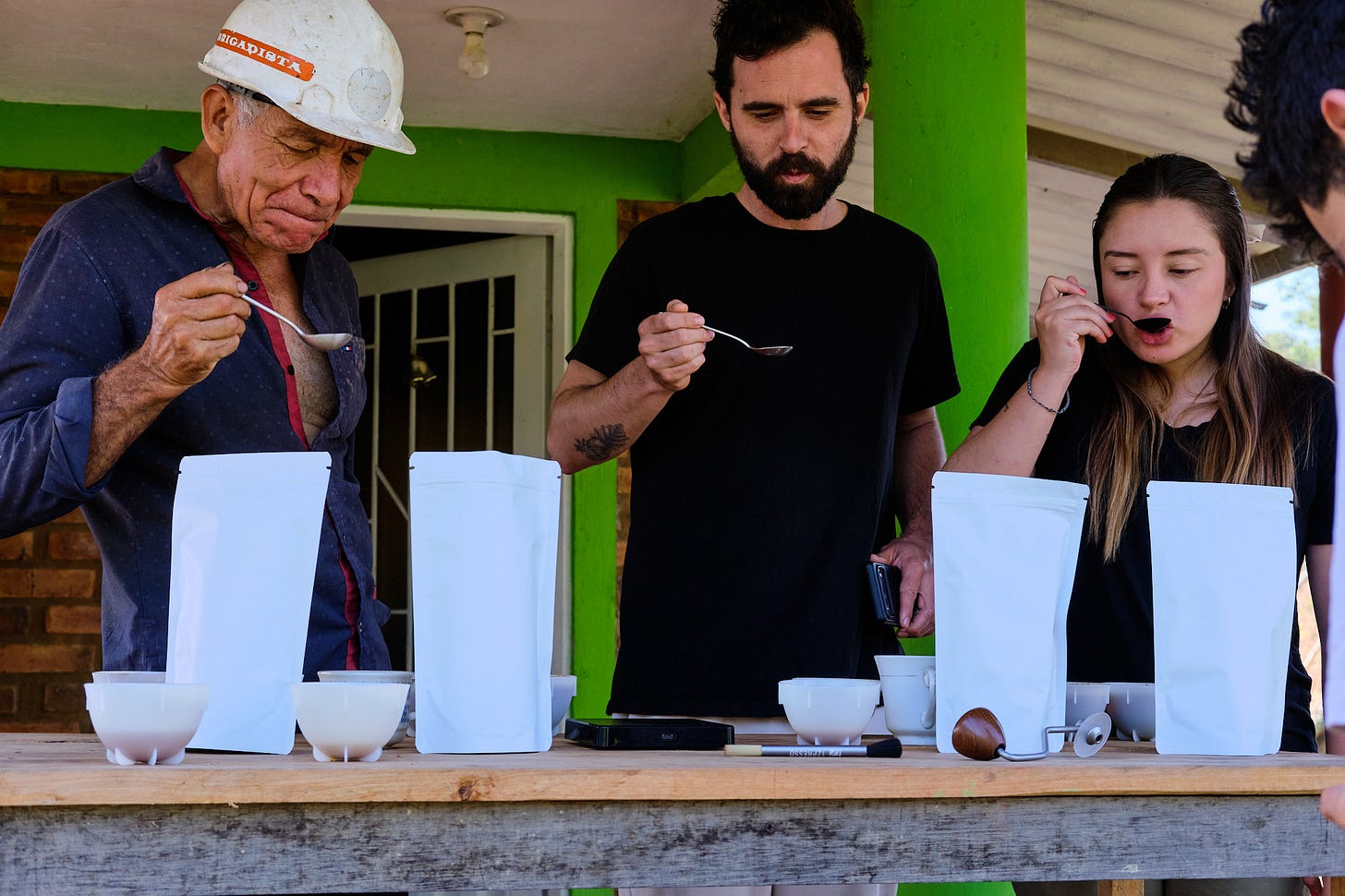
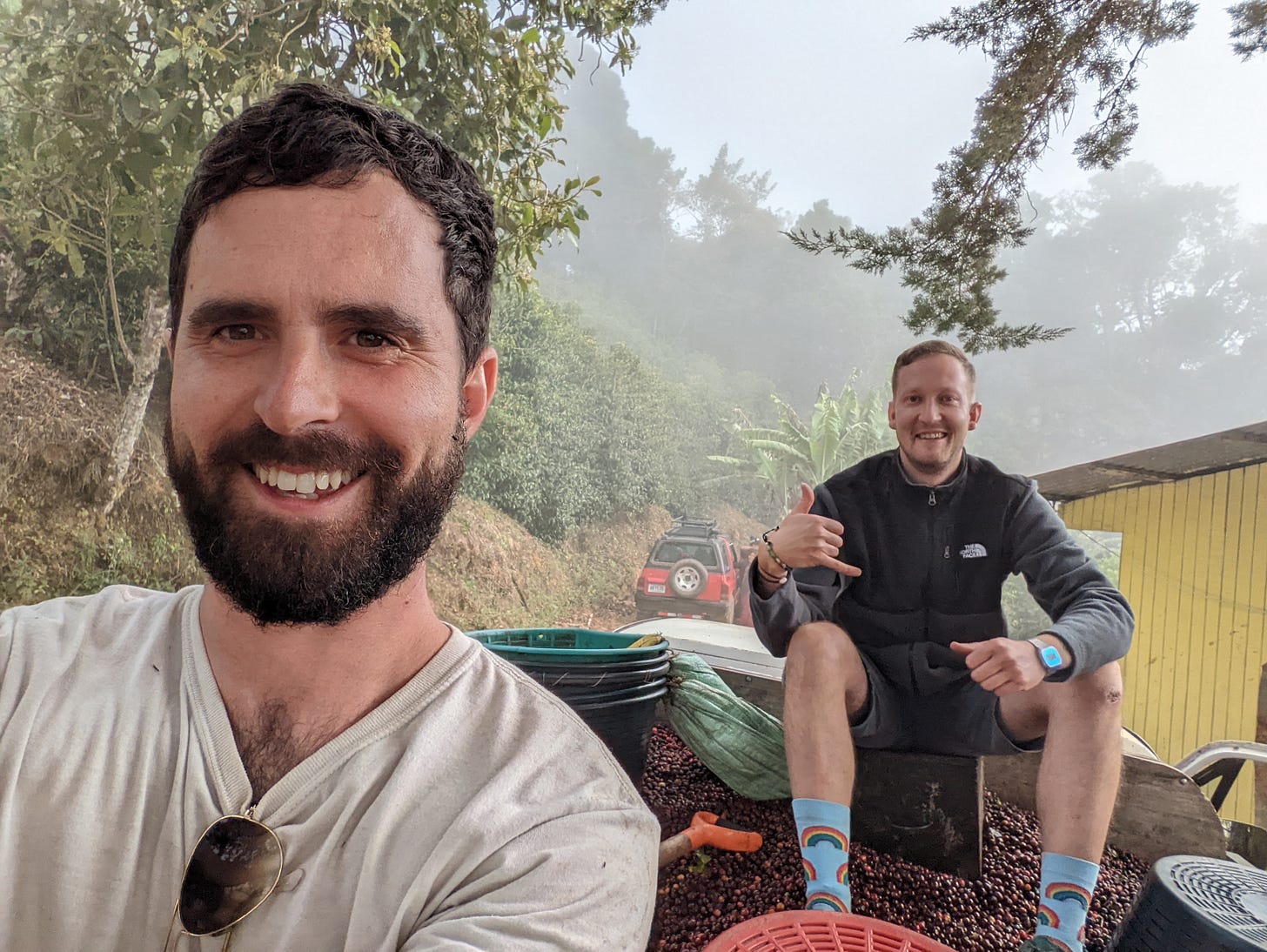
The coffee sounds great. but can it be obtained in the US, anywhere?
I only drink the Siren's burned tasting coffee because it is everywhere in the US, when I am traveling.
Selfish I know, but really good coffee is hard to come by at times. Most of the admixtures (syrups, flavors etc) are to make coffee taste like ice cream (well that's OK) and cover the
actual sometimes soapy flavors. And, I don't have a sophisticated coffee palate, but even
can taste the difference. CBTL is frequently better, but the best first pot is made at home.